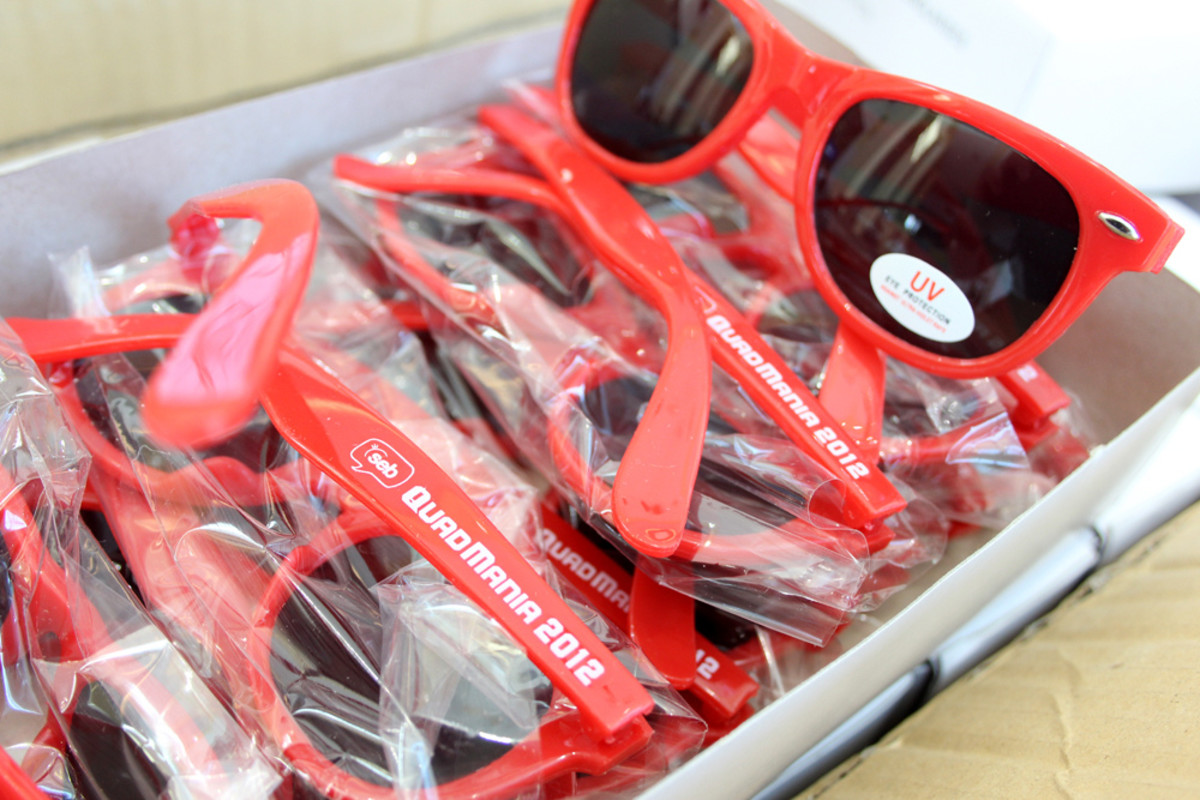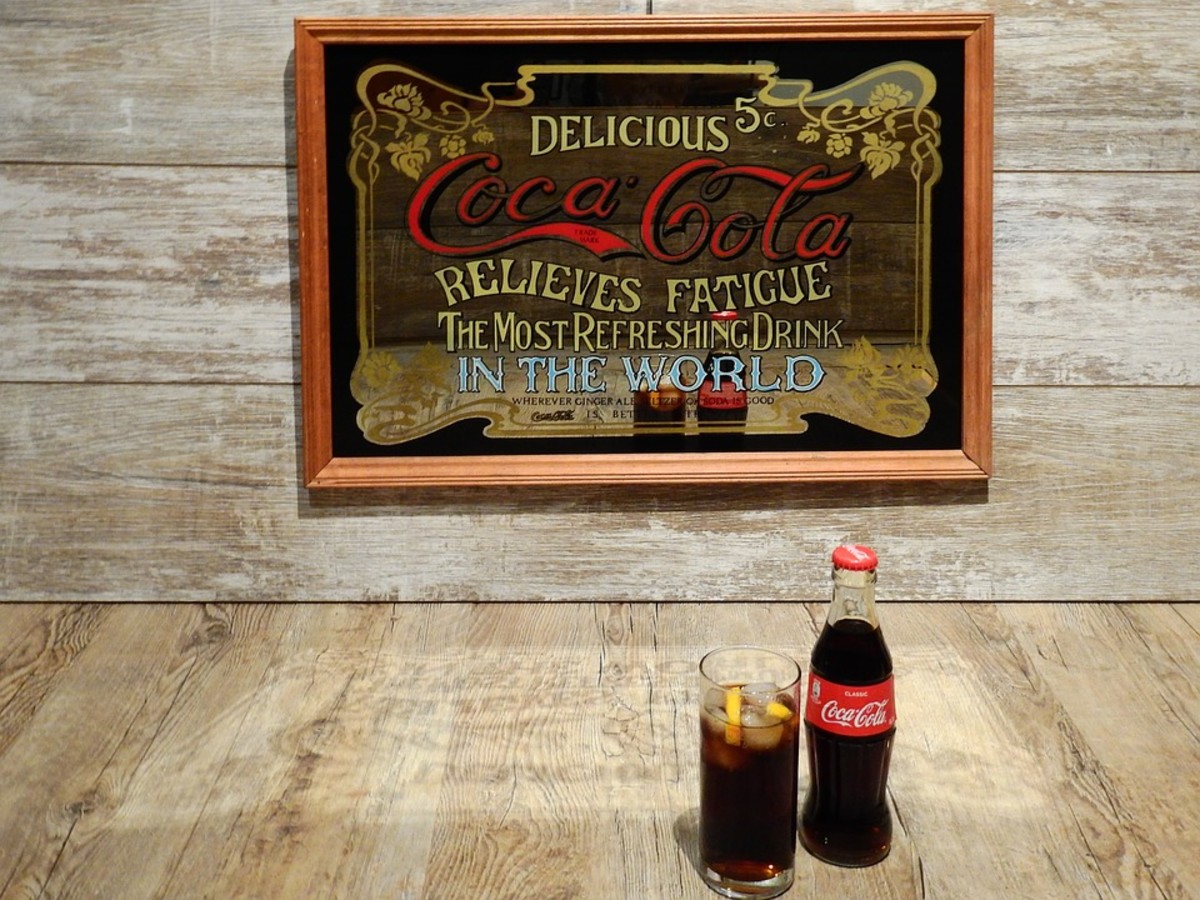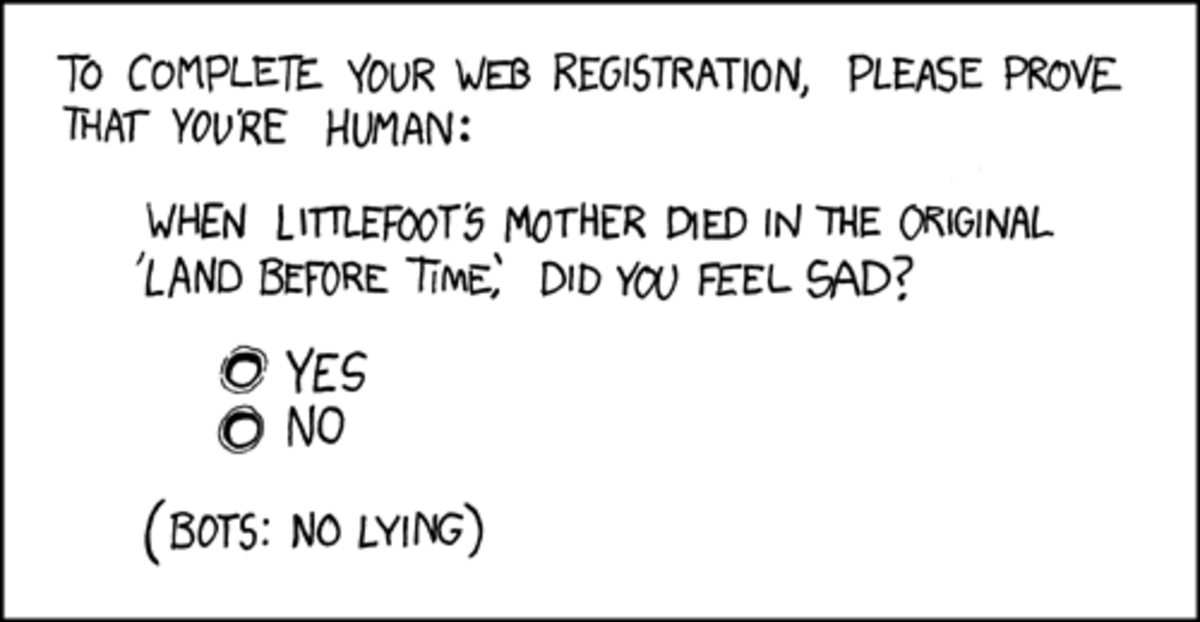Career Suicide: Just Give Your Customers What They Ask For?

Have you ever kept a really good idea to yourself because it will “never fly” with your clients? Have you ever let slide an opportunity to try something new because they will “never go for something like that?” Have you ever kept your mouth shut and let your clients make ill-informed decisions because “the customer is always right?”
Well, I’ll just say it: the customer is not always right. The customer does not always know enough to be right. You’re getting paid because your clients think you know what is right for them. Do you, in turn, always do what you know is right for them?
Risk Equals Opportunity
At a Folio: Publishing Summit several years ago, Frank Anton, CEO of Hanley Wood, a leading b2b media and information company, presented his “10 Deadly Sins Committed by Most Business-to-Business Media Companies.” If you don’t have the 30 minutes to spare, I’ll give you the takeaways. Anton’s list of sins, each of which he acknowledges his company has committed at some point in time, encompasses the following, in no particular order: underperformance, cowardice, technophobia, inferiority, complacency, coziness, stinginess, cluelessness, disorganization and dullness.
As Anton notes, no one wishes to associate such terms with his or her company, so I’ll borrow his preface: “I’m not talking about any of you.”
The defining question every professional in every industry should consider is this: are you confident enough in what you feel is right to take risks with (or step on the toes of) the people who pay for your company to stay in business?
Let’s stick with the publishing example, for a moment. The publishing business has seen an ages-old saga centered on the power struggle between editorial and advertising. In my early days starting out in the newspaper business back in 2003, I heard from my first publisher the death blow to journalistic integrity that I would hear again and again (and again) through my later years as a print publication writer: “I’m not running an op-ed piece that slams my advertisers—they spend thousands of dollars with me each year!”
Advertising dollars were worth more than telling the truth to readers. Advertising clients won; subscribing clients lost. Within the pages of many publications, few advertising companies can do any wrong. Trade magazines tend to be the guiltiest. Most trade magazines, Anton says, “are a hometown newspaper that only covers the hometown team when the team wins.”
Each industry lives on its own island, and on each of those islands, it’s a small, small world. Everyone knows everyone, so it can feel awkward to tell clients the truth. It can feel awkward to tell your colleagues they have broccoli in their teeth. It can feel awkward to tell your supervisors that your company’s practice of taking kickbacks or gobbling up perks and incentives leans toward the unethical. It can feel awkward to tell your advertisers that they're making a bad, bad marketing decision when they're paying you to do what they want you to do. In a professional landscape where referrals and word-of-mouth are the golden eggs of doing business, people tend to watch what they say.

Can You Take the Heat?
That’s fine in principle, but if you know something about a company that would prevent your colleagues from bringing business to that company if they knew what you know, does that company deserve to get your colleagues’ business because you don’t want to ruffle any feathers? If you know your clients’ insistence on a flashy luxury resort setting for their executive retreat is not going to look good in the eyes of their stakeholders just now, do you let them take the PR fall because they’re paying your commission? If you know your organization is missing the boat and falling woefully short on potential business because the bosses think industry trends are just a “fad” or they think the “old way” is the best way, do you keep going through the same motions to keep your bosses happy because they sign your paychecks?
Are you afraid to risk losing your complacency, coziness, and dullness? Are you afraid your company can’t carry through on a challenge? Are you afraid your clients will go elsewhere if you ask them to try something new?
“If you make money, it permits you to take risk; if you can take risk, you can grow,” Anton says. “You need to make mistakes. You need to take chances.”
You’ll never get out of the back yard if you keep pacing inside the fence, retracing the same steps you've been taking for the past five or 10 or 20 years. Are you too afraid to open the gate?
Go check your favorite industry news site, right this second, and tell me how many headlines you see that relate to the use of technology (particularly social media) to enhance events, organizational communications, and marketing activities.
Contrary to positive buzz, many industries have, in general, remained far behind the curve when it comes to adopting new technologies and methods of communication. The tourism, hospitality, and events industries are right up there on the list. Some speakers and event planners are afraid to incorporate new technologies into sessions because they're afraid their audiences will resist change. Some associations are afraid to become involved in social media because they're afraid their members will turn on them online. Some tourism and visitors bureaus are afraid to invest in online technologies because they're afraid their stakeholders won't get their money’s worth.
The Old Way Isn't Always the Best Way
Speaking with destination marketing and sales professionals for an article about business strategies, I asked if traditional marketing methods are really the most effective in the current economic environment. I asked if destinations are turning away business without even knowing it when meeting and event planners cannot find what they need online. I also asked if hotels and other local businesses receive true value from CVBs and DMOs that are unwilling to try something new.
In return, I heard a lot of points I expected to hear. Many bureaus stick with traditional marketing methods like print advertising, television advertising, direct mail, brochures, and even billboards because these are the methods they have always used. Many bureaus are afraid to try something new because they are afraid of the amount of time it will take, the amount of money it will take, and the potential that it might not work.
“The fear of failure,” Anton says, “outweighs the satisfaction of success.”
I did not expect to hear that some bureaus might deliberately avoid social media strategies because they are directly measurable. According to one industry professional who wishes to remain unnamed for now (he’s looking to change jobs to a new organization soon; give him a break), that is exactly the case. When the economy melted, the industry’s focus turned zealously, once again, to measuring and proving ROI on everything. But measuring ROI can be scary; you might find out that you’ve been wasting your money.
Traditional media and marketing efforts are “safe,” this industry pro told me, even if they don’t return definite, measurable results. “It is understood and vague enough that they can’t get into trouble because you can’t really tell if it worked. Social media is easy to track, with hits and links—far too easy to see spend and return.”
“Social media is still very new and not understood by the senior leadership,” this professional went on. “It is also very easy to track ROI, with the exact number of people that hit on your link, Twitter, or blog and come to your website due to the advertising you sent out there. You can see the exact effect on spend, almost in real time. As a result, it could be very far out of the comfort zone of the established CVB mindset.”
So here is a new question: are some bureaus afraid their members might find out their money is not being spent wisely?

What Do You Really Have to Offer?
Companies and organizations that are afraid to hear what their own clients have to say will never get to the heart of internal or community issues. If they won't open the channels of communication in order to listen to the complaints, they will never be able to devise solutions to existing problems. If they never solve their problems, their clients will find other companies and organizations that will.
“People are already having those conversations,” says Ben Martin, CAE. “They’re already griping and complaining.”
Are you afraid to listen? Are you afraid to respond?
Here's a case study to think about. Several years ago, I worked for a Chicago media/events company that introduced an online video contest for hotel advertisers. Basically, hoteliers who were registered members of our online community were invited to submit their best hotel marketing videos to be voted upon by the rest of the community members. It was a perfect opportunity for hoteliers to receive real, live feedback on the effectiveness of their marketing materials, straight from other professionals involved with their target market. The prize to the property with the winning hotel marketing video was to be a one-year online promotional package, incorporating that winning hotel’s marketing video.
Let me spell it out for you: hoteliers who submitted their videos would receive a whole bunch of free publicity for their hotels.
Guess what happened... we ran the contest information for two or three weeks and even extended the entry submission deadline at one point. Want to know how many hoteliers participated? I’ll tell you: three. Three hoteliers in the whole wide world took the minute or two it took to email a link to their marketing videos.
So kudos to those three hoteliers out there who were not afraid of what their clients might think of their marketing materials. For all of the rest of them, I still offer the challenge question: why?
But never mind them for now. Here’s the moral of the story: my company took a risk. My company tried something new. It didn’t work. So what did we do? We tried something else the next time. And that time, we scored big.
Turning in circles is only a successful business model for NASCAR. If you want to lead your company and your clients to the land of opportunity, you need to take one of those forks in the road. Take the road less traveled. If your clients trust you, they will follow. If they don’t, then you’re already in big trouble.
Don’t be afraid of your own clients. They hire you to do what is right for them. Do you have the courage?







